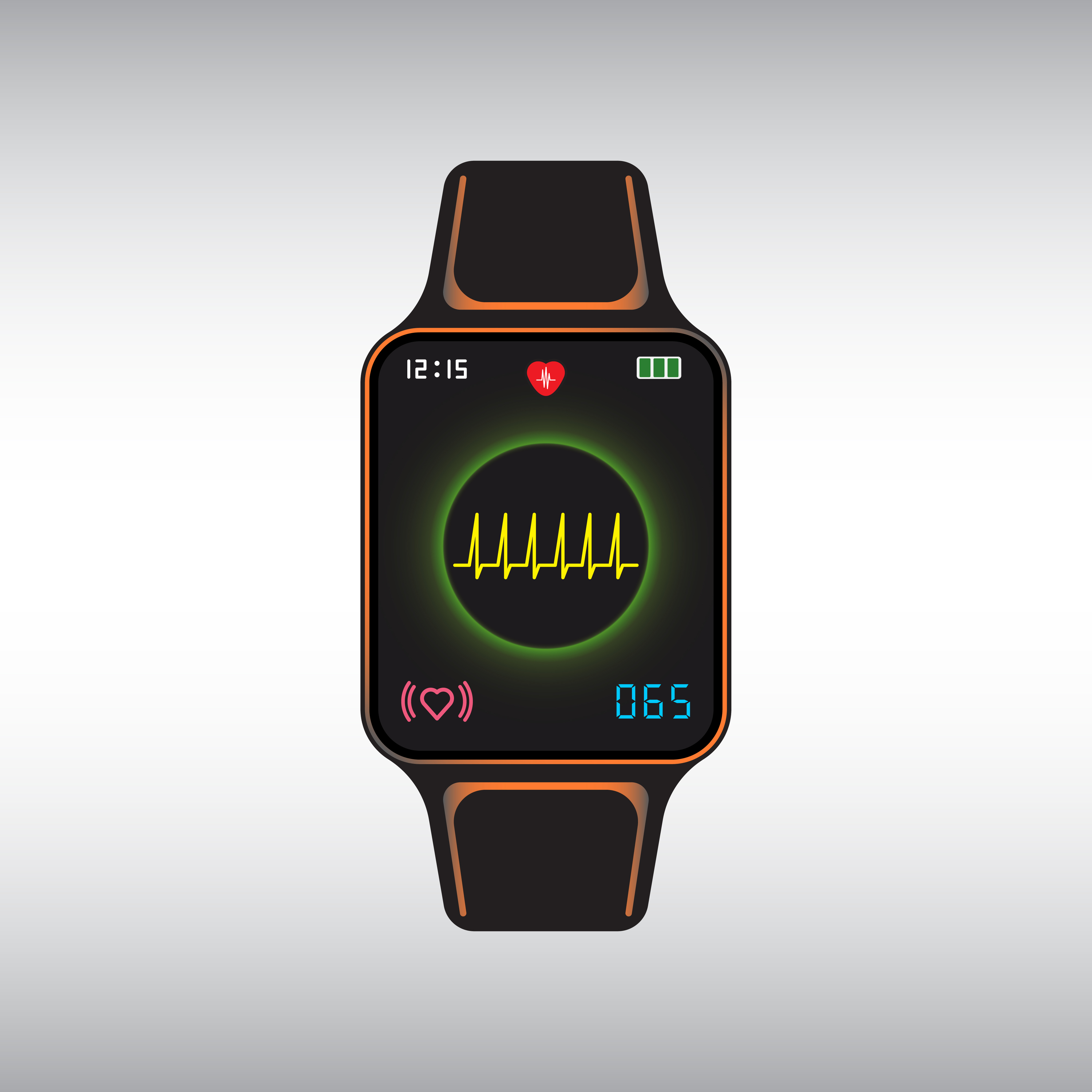Key Points:
- Optimization of GDMT is critical, particularly in the initial months after diagnosis of HFrEF.
- An AI-powered virtual assistant resulted in 100% of enrolled patients on maximally tolerated doses of all four pillars of GDMT by the end of the twelve week follow-up period, with 93% agreement with clinician recommendations by the end of the trial.
While GDMT optimization is critical to optimize morbidity and mortality in the early stages of heart failure with reduced ejection fraction (HFrEF) diagnosis, prior studies have demonstrated insufficient uptake of all four pillars in the first months following diagnosis. An AI-powered virtual assistant could help prompt and manage GDMT initiation, which could represent an important supplement to physician care, particularly as the HF population continues to increase. In a breaking presentation at the 2025 ACC ESC Congress today, Dr. Diana A Gorog and her team presented their study: “Heart Failure Management with AI: the ASSIST-HF SIRIO trial.”
The ASSIST-HF SIRIO (NCT06400927) was a single-center trial based in Hertfordshire, UK that randomized 60 adults (age 18+) with a new diagnosis of New York Heart Association class II-III HF to standard of care vs SIRIO-HF, a HF-specific virtual assistant (VA) which was trained on current HF guideline recommendations and was designed to provide real-time monitoring, advice, and decision support up to the end of follow-up at twelve weeks. Relevant exclusion criteria were alternative diagnoses to explain symptoms (such as COPD), dementia, or other severe comorbidities. The VA arm consisted of patient consultations and lab tests every 2 weeks with remote cardiology supervision. Outcomes of interest included a) the proportion of eligible patients on maximally tolerated doses of each form of GDMT and b) agreement between VA and clinician recommendations.
A total of 30 individuals were assigned to each arm. Remarkably, in the SIRIO-HF arm, 100% of individuals were on maximally tolerated doses of all forms of GDMT, compared to between 20% on mineralocorticoid receptor antagonists (MRAs) to 70% on SGLTis of all individuals in the standard of care arm. In the first few weeks there was 100% agreement between the VA and clinician recommendations, which decreased to 93% at end of follow-up. These discrepancies were attributed to a more conservative threshold for discontinuation of MRAs in the VA group (>5meq/L) relative to clinicians alone.
In sum, ASSIST-HF SIRIO trial is the first AI-guided HF management randomized clinical trial using VA to optimize GDMT in HFrEF. The VA presents a powerful new adjunct to clinician care in the optimization of GDMT after HF diagnosis, with high agreement with clinician judgment and a much higher uptake of GDMT.




